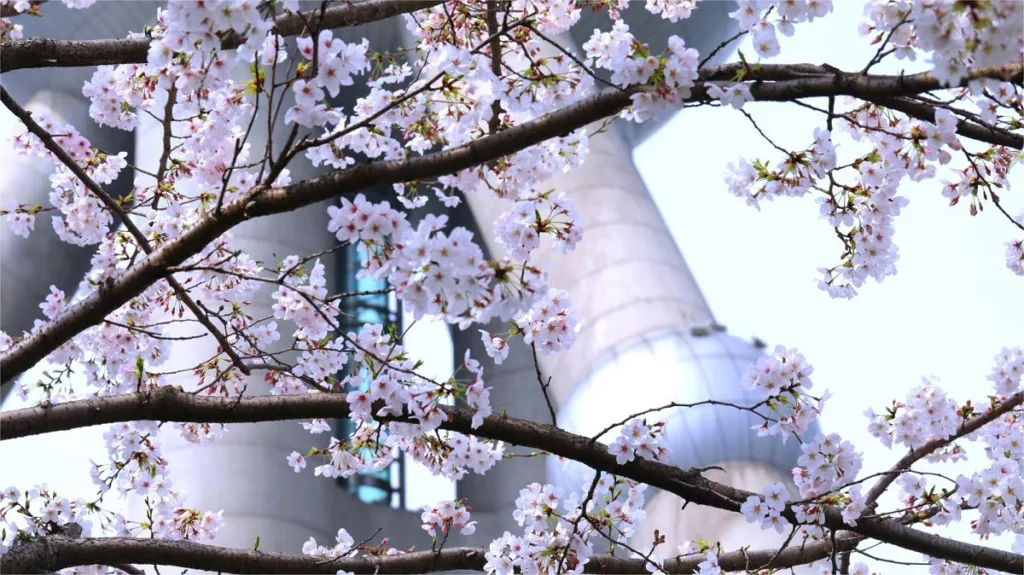上海的气候如何?


上海, located on China’s eastern coast, experiences a humid subtropical climate characterized by four distinct seasons: spring, summer, autumn, and winter. The city’s climate is heavily influenced by its proximity to the East China Sea and the Yangtze River, as well as its position in the subtropical zone. Here is a detailed overview of Shanghai’s climate throughout the year:
春季(3 月至 5 月): Spring in Shanghai is mild and relatively humid, with temperatures gradually rising from the coolness of winter. March marks the transition period from winter to spring, with occasional rainfall and fluctuating temperatures. April sees warmer weather and more sunshine, making it an ideal time to visit the city’s parks and gardens, such as the iconic Yu Garden and Century Park. May brings warmer temperatures and higher humidity levels, with occasional rain showers.
夏季(6 月至 8 月): Summer in Shanghai is hot, humid, and rainy, with temperatures often exceeding 30°C (86°F). June is typically warm and humid, with occasional thunderstorms and heavy rainfall. July and August are the hottest months, with temperatures soaring above 35°C (95°F) and high humidity levels, creating a muggy and uncomfortable environment. During this time, locals and visitors seek relief from the heat by visiting air-conditioned malls, indoor attractions, or cooling off in swimming pools or at beaches near the city.
秋季(9 月至 11 月): Autumn in Shanghai is characterized by mild temperatures, low humidity, and clear skies. September marks the beginning of autumn, with gradually decreasing temperatures and humidity levels. October is considered one of the best months to visit Shanghai, as the weather is pleasantly cool and comfortable, making it ideal for outdoor activities and sightseeing. November sees cooler temperatures and occasional rainfall, signaling the transition to winter.
冬季(十二月至次年二月): Winter in Shanghai is cool, damp, and overcast, with temperatures dropping significantly compared to other seasons. December is relatively mild, with occasional cold spells and light rainfall. January is the coldest month, with temperatures occasionally dropping below freezing, especially at night. February sees gradually rising temperatures as winter transitions to spring. Despite the cold weather, winter is a good time to visit Shanghai for travelers who prefer fewer crowds and lower hotel rates.
Overall, Shanghai’s climate offers a diverse range of weather conditions throughout the year, allowing visitors to experience the city’s charms in different seasons. However, it’s essential to pack accordingly and check the weather forecast before traveling to Shanghai to ensure a comfortable and enjoyable stay.